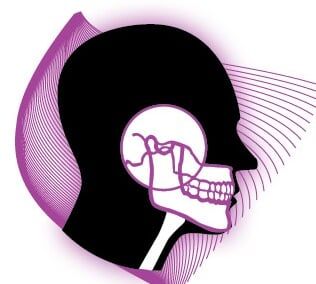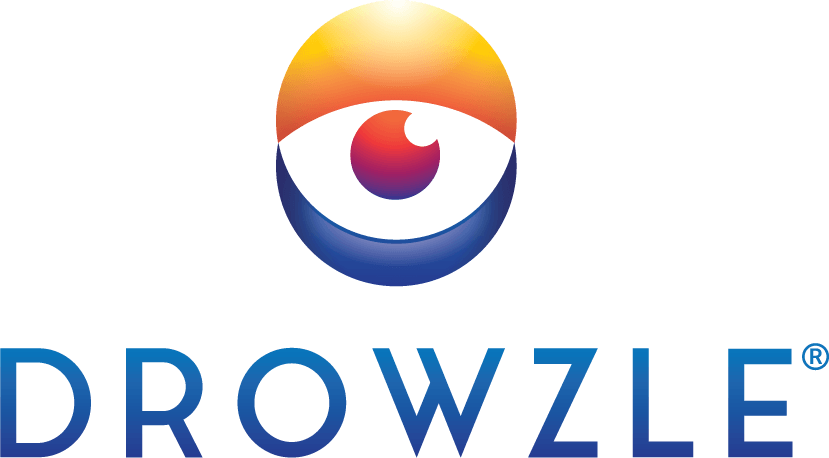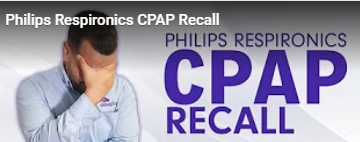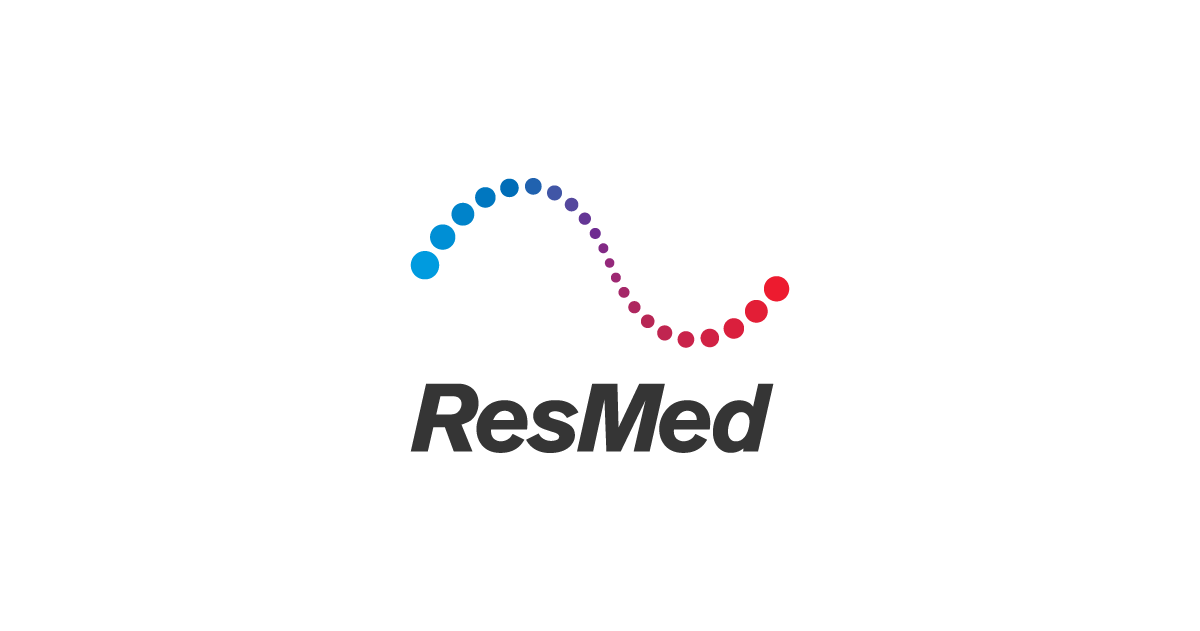For Those Preferring Video Content
The Best, Most Concise & Yet Complete Description I Have Found Link & Video
TMJ/TMD Symptoms & Treatment
Temporomandibular Joint Dysfunction (TMD or TMJD)
Is an umbrella term covering pain and dysfunction of the muscles of mastication, the muscles that move the jaw, and the temporomandibular joints – the joints which connect
the lower jaw to the skull. The most significant symptoms are pain, restricted jaw movement, and noises and clicks from the jaw joints (TMJ) during movement. Although TMD is not life-threatening, it can be detrimental to quality of life, because the symptoms can become chronic, difficult to manage and quite painful.
TMD is a “complex set of symptoms” rather than a single condition, and it is thought to be caused by multiple factors. However, these factors are poorly understood, and there is disagreement as to their relative importance. There are many treatments available, although there is a general lack of evidence for any treatment in TMD, and no widely or one accepted treatment protocol. Common treatments include occlusal splints, psychosocial interventions like cognitive behavioral therapy, and pain medication or others. Most sources agree that no irreversible treatment should be carried out for TMD. The good news is that much of the confusion over the cause and treatment of this disorder stems from the many different causative factors and the long list of possible symptoms that vary from patient to patient. Why is this good news? Because the healthcare providers that have a large volume of experience in treating this disorder have gained an understanding that no one treatment fits all patients and as a result have acquired the knowledge and experience to better provide the right treatment for the right patient for the their specific cause and reason they suffer from TMJ – better called TMD.
About 20% to 30% of the adult population is affected to some degree. Usually people affected by TMD are between 20 and 40 years of age, with it being more common in females than males. TMD is the second most frequent cause of orofacial pain after the common toothache.
The Causes and Symptoms
It has been suggested that TMD may develop following physical trauma, particularly whiplash injury, although the evidence for this is not conclusive. This type of TMD is sometimes termed “posttraumatic TMD” to distinguish it from TMD of unknown cause, sometimes termed “idiopathic TMD”. Muscle-related TMD, also termed “myogenous TMD”, or TMD secondary to myofascial pain and dysfunction, is distinguished from joint-related TMD, also termed “arthogenous TMD”, or TMD secondary to true articular disease, based upon whether the muscles of mastication or the TMJs themselves are predominantly involved. This classification effectively divides TMD into 2 syndromes as described by the American Academy of Orofacial Pain. Most people with TMD could be placed into both of these groups, which makes a single diagnosis difficult. Distinction is also made between acute TMD, where there have been symptoms for less than 3 months, and chronic TMD, where symptoms have existed for more than 3 months.
TMD is a group of complex symptoms which is thought to be caused by multiple poorly understood factors. There are factors which appear to predispose a patient for TMD such as genetic, hormonal, anatomical, trauma, occlusal changes, and the clenching and grinding of teeth, also called parafunction. Both stress and the mentioned parafunction seem to prolong the pain and symptoms of TMD.
More simply TMD is either a muscle only problem, a joint only problem but more commonly a combination of the two. Generally as it moves from the acute to the chronic phase regardless of how it started both muscles and joints then become involved. For this reason it is universally accepted that when diagnosed in the early (acute) stages treatment is usually more successful.
The Signs and Symptoms
Signs and symptoms of temporomandibular joint disorder vary in their presentation. The symptoms will usually involve more than one of the various components of the masticatory system:
muscles, nerves, tendons, ligaments, bones, connective tissue, or the teeth.
The classically described, cardinal signs and symptoms of TMD are:
- Pain and tenderness in the muscles of mastication, or of the joint itself, and pain felt just in front of the ear. Pain is the defining feature of TMD and is usually aggravated by manipulation or function such as chewing, clenching, or yawning, and is often worse upon waking. The character of the pain is usually dull or aching, poorly localized and intermittent, although it can sometimes be constant. The pain is more usually located on one side rather than bilateral and can be severe.
- Limited range of mandibular movement which may cause difficulty eating or even talking. There may be locking of the jaw, or stiffness in the jaw muscles and the joints. There may also be asymmetry or deviation during mandibular movement.
- Noises from the joint during mandibular movement, which may be intermittent. These joint noises may be described as clicking, popping, or a grating called crepitus.
- Headache, pain in the occipital region or the back of the head, the forehead, or other types of facial pain including migraine, tension headache, or myofascial pain.
- Referred pain to other locations such as the teeth, neck or shoulder.
- Diminished auditory acuity commonly called hearing loss.
- Tinnitus, ringing in the ears, or a muffled sound in the ears.
- Dizziness and inner ear symptoms.
- A sensation of malocclusion or a feeling that the teeth do not meet together properly.
Disc Displacement
In people with TMD, it has been shown that the lower head of lateral pterygoid muscle contracts during mouth closing, when it should be relaxed. Some have suggested that due to a tear in the back of the joint capsule, the articular disc may be displaced forwards (anterior disc displacement), stopping the upper head of lateral pterygoid muscle from acting to stabilize the disc as it would do normally. As a biologic compensatory mechanism, the lower head tries to fill this role, hence the abnormal muscle activity during mouth closure. There is some evidence that anterior disc displacement is present in most TMD cases. Anterior disc displacement with reduction refers to abnormal forward movement of the disc during opening which reduces upon closing. Anterior disc displacement without reduction refers to an abnormal forward, bunched-up position of the articular disc which does not reduce. In this latter scenario, the disc is not located between the condyle and the articular fossa as it should be, and therefore the articular surfaces of the bones themselves are exposed to a greater degree of wear which can contribute to osteoarthritis in later life.
Degenerative Joint Disease
The general term “degenerative joint disease” refers to arthritis both osteoarthritis and rheumatoid arthritis, and arthrosis. The term arthrosis may cause confusion since in the specialized TMD literature it means something slightly different from in the wider medical literature. In medicine generally, arthrosis can be a nonspecific term for a joint, any disease of a joint or specifically degenerative joint disease, and is also used as a synonym for osteoarthritis. In the specialized literature that has evolved around TMD research, arthrosis is differentiated from arthritis by the presence of low and no inflammation respectively – both are however equally degenerative. The TMJs are sometimes described as one of the most used joints in the body. Over time, either with normal use or with parafunctional use of the joints, wear and degeneration can occur, termed osteoarthritis. Rheumatoid arthritis, an autoimmune joint disease, can also affect the TMJs. Degenerative joint diseases may lead to defects in the shape of the tissues of the joint, limitation of function, restricted mandibular movements, joint pain and the inability to open ones mouth.
Bruxism
Bruxism is oral parafunctional activity where there is excessive clenching and grinding of the teeth. It can occur during sleep or whilst awake. The cause of bruxism itself is not completely understood, but psychosocial factors appear to be implicated in awake bruxism and other central nervous system mechanisms may be involved in sleep bruxism including Obstructive Sleep Apnea. If TMD pain and limitation of mandibular movement are greatest upon waking, and then slowly resolve throughout the day, this may indicate sleep bruxism. Conversely, awake bruxism tends to cause symptoms that slowly get worse throughout the day, and there may be no pain at all upon waking.
The relationship of bruxism with TMD is debated but many suggest that sleep bruxism can be a causative or contributory factor to pain symptoms in TMD. Indeed, the symptoms of TMD overlap with those of bruxism. A systematic review investigating the possible relationship concluded that when self-reported bruxism is used to diagnose TMD, there is a positive association with pain, and when more strict diagnostic criteria for bruxism are used, the association with TMD symptoms is much lower. Self-reported bruxism is probably a poor method of identifying bruxism. There are also many people who grind their teeth and who do not develop TMD further making the diagnosis confusing. However, bruxism and other parafunctional activities often play a role in perpetuating symptoms.
Other parafunctional habits such as pen chewing, lip and cheek chewing are also suggested to contribute to the development of TMD and might also include activities such as jaw thrusting, excessive gum chewing, nail biting and eating very hard foods.
Trauma
Trauma, both micro and macrotrauma, are sometimes identified as a possible cause of TMD. Prolonged mouth opening is also suggested as a possible cause. It is thought that this leads to microtrauma and subsequent muscular hyperactivity. This may occur during dental treatment, with oral intubation whilst under a general anesthetic, during singing or playing wind instruments. Damage may be incurred during violent yawning, laughing, road traffic accidents, sports injuries, interpersonal violence, or during dental treatment, such as tooth extraction.
It has been proposed that a link exists between whiplash injuries and the sudden neck hyper-extension usually occurring in road traffic accidents. This has been termed “post-traumatic TMD”, to separate it from “idiopathic TMD”.
Occlusal (Bite) Factors
Occlusal factors as an etiologic factor in TMD is a controversial topic. Abnormalities of occlusion (problems with the bite) are often blamed for TMD but there is no evidence that these factors are always a cause. Occlusal abnormalities are incredibly common, and most people with occlusal abnormalities do not have TMD. Although occlusal features may affect observed electrical activity in masticatory muscles, there are no statistically significant differences in the number of occlusal abnormalities in people with TMD and in people without TMD. There is also no evidence for a causal link between orthodontic treatment and TMD. The modern, mainstream view is that for the vast majority of people with TMD, occlusal factors are not related. A small minority of dentists continue to prescribe occlusal adjustments in the belief that this will prevent or treat TMD despite the existence of systematic reviews of the subject which state that there is no evidence for such practices; the vast majority of opinion being that no irreversible treatment should be carried out in TMD.
The Muscles of Mastication
The muscles of mastication are paired on each side and work together to produce the movements of the mandible. The main muscles involved are the masseter, temporalis and medial and lateral pterygoid muscles.
They can be thought of in terms of the directions they move the lower jaw, with most being involved in more than one type of movement due to the variation in the orientation of muscle fibers within them.
- Protrusion – Lateral and medial pterygoid.
- Retraction – Posterior fibers of temporalis (and the digastric and geniohyoid muscles to a lesser extent).
- Elevation – Anterior and middle fibers of temporalis, the superficial and deep fibers of masseter and the medial pterygoid.
- Lateral movements – Medial and lateral pterygoid (the ipsilateral temporalis and the pterygoid muscles of the contralateral side pull the mandible to the ipsilateral side).
Each lateral pterygoid muscle is composed of 2 heads, the upper or superior head and the lower or inferior head. The lower head originates from the lateral surface of the lateral pterygoid plate and inserts at a depression on the neck of mandibular condyle, just below the articular surface, termed the pterygoid fovea. The upper head originates from the infratemporal surface and the infratemporal crest of the greater wing of the sphenoid bone. The upper head also inserts at the fovea, but a part may be attached directly to the joint capsule and to the anterior and medial borders of the articular disc itself. The 2 parts of lateral pterygoid have different actions. The lower head contracts during mouth opening and the upper head contracts during mouth closing. The function of the lower head is to steady the articular disc as it moves back with the condyle into the articular fossa. It is supposed to be relaxed during mouth closure.
Computer Diagnosis Of TMJ Muscle Problems:
Although not needed in all circumstances for the more complex cases the Electromyography (EMG), Jaw Tracking (MKG) and the Digital recording of joint sounds and pathology or Digital Sonography improves our diagnosis and treatment outcomes for some patients. The data provided can help in the determination of what contribution each of the masticatory system components brings to the pain and dysfunction by looking at the balance and harmony between the muscles, joints and occlusion. This process helps us custom design an orthotic or splint specific to the patient’s needs and better treat the cause. This diagnostic process also lends itself to less of a need for MRI or CT studies by determining the acoustical signature (joint noises) of the TMJs we can then better understand the degree of degeneration and the contribution from each component of the system.
Joint Noises
Noises from the TMJs are a symptom of dysfunction of these joints. The sounds commonly produced by TMD are usually described as a “click” or a “pop” when a single sound is heard and as “crepitation” or “crepitus” when there are multiple, grating, rough sounds. Most joint sounds are due to internal derangement of the joint, which is a term used to describe instability or abnormal position of the articular disc. Clicking often accompanies either jaw opening or closing, and usually occurs towards the end of the movement. The noise indicates that the articular disc has suddenly moved to and from a temporarily displaced position (disk displacement with reduction) to allow completion of a phase of movement of the mandible. If the disc displaces and does not reduce (move back into position) this may be associated with locking. Clicking alone is not diagnostic of TMD since it is present in high proportion of the general population, mostly in people who have no pain. Crepitus often indicates arthritic changes in the joint, and may occur at any time during mandibular movement, especially lateral movements. Perforation of the disc may also cause crepitus. Due to the proximity of the TMJ to the ear canal, joint noises are perceived to be much louder to the individual than to others. Often people with TMD are surprised that what sounds to them like very loud noises cannot be heard at all by others next to them. However, it is occasionally possible for loud joint noises to be easily heard by others in some cases and this can be a source of embarrassment when eating in company.
Devices
Occlusal Splints
(also termed bite plates or intra-oral appliances) are often used by dentists to treat TMD. They are usually made of acrylic and can be hard or soft. They can be designed to fit onto the upper teeth or the lower teeth. They may cover all the teeth in one arch (full coverage splint) or only some (partial coverage splint). Splints are also termed according to their intended mechanism, such as the anterior positioning splint or the stabilization splint. Although occlusal splints are generally considered a reversible treatment sometimes partial coverage splints lead to pathologic tooth migration and changes in the position of teeth. Normally splints are only worn during sleep, and therefore probably do nothing for people who engage in parafunctional activities during wakefulness rather than during sleep. There is slightly more evidence for the use of occlusal splints in sleep bruxism than in TMD. A splint can also have a diagnostic role if it demonstrates excessive occlusal wear after a period of wearing it each night. This may confirm the presence of sleep bruxism if it was in doubt, although an HST or Home Sleep Study is more often than not indicated in order to rule out the more dangerous Sleep Disordered Breathing or Sleep Apnea. Also soft splints are occasionally reported to worsen discomfort related to TMD.
The NTI-TSS Tension Pain Suppression System or NTI
The NTI TSS (Nociceptive Trigeminal Inhibition Tension Suppression System) is a small plastic device that is designed to prevent headache and migraine caused by teeth clenching and grinding. The objective of the NTI is to relax the muscles involved in clenching and teeth grinding. The NTI TSS device is an anterior bite stop, worn over the two front teeth at night to prevent contact of the canines and molars. It is fitted by a dentist trained in the technique.




